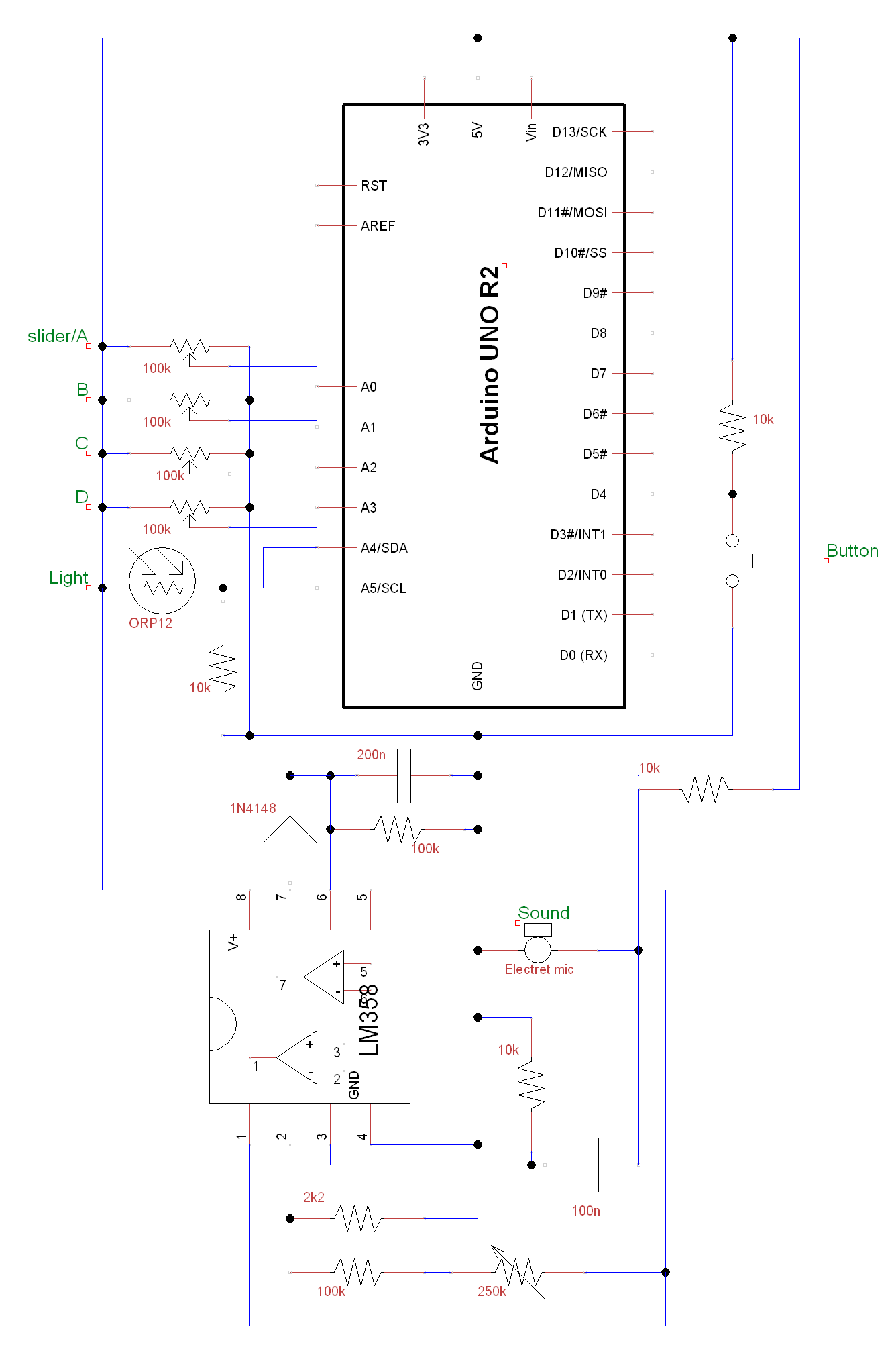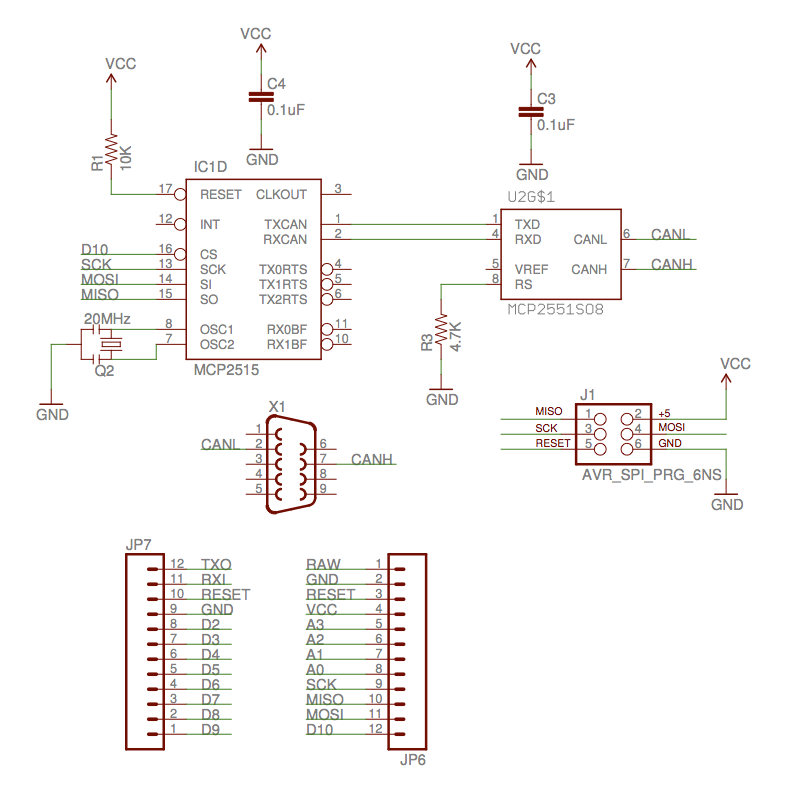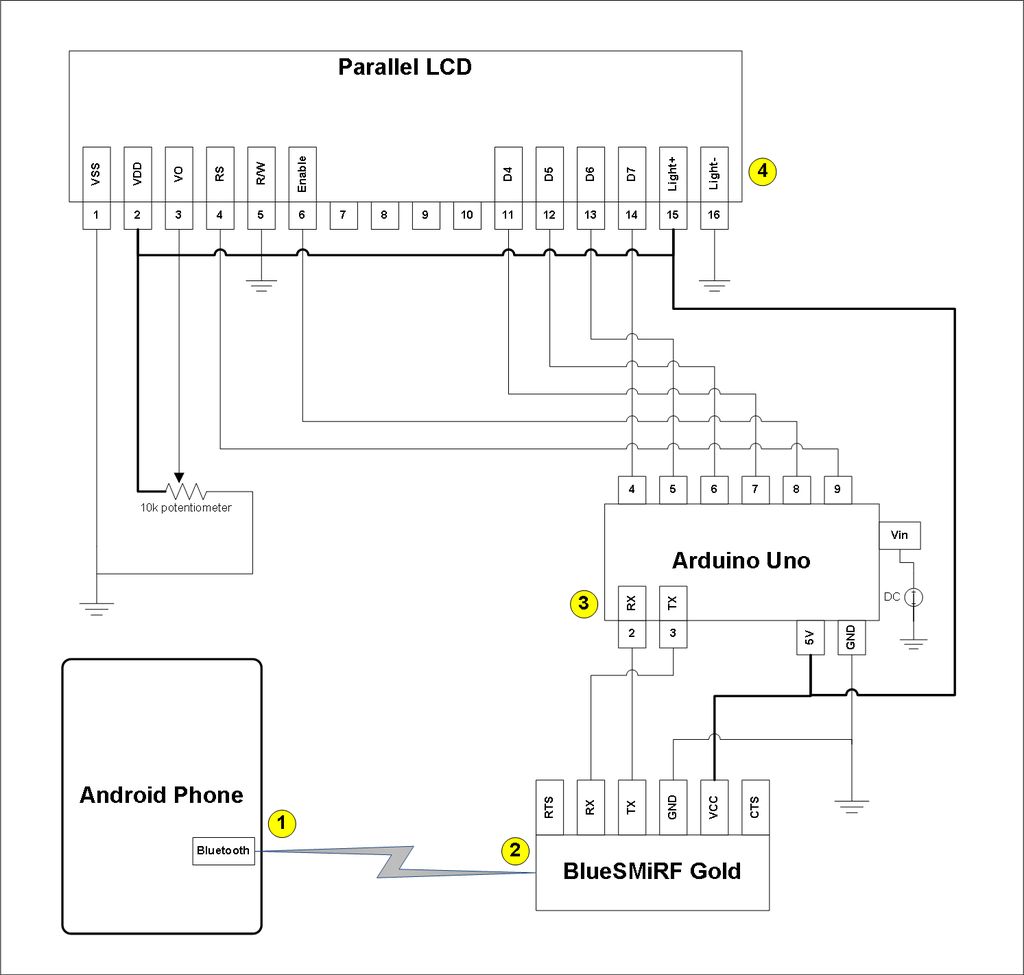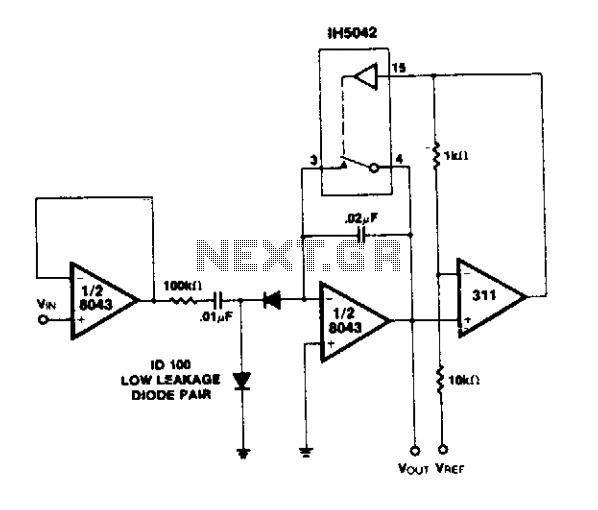
Arduino Analog WriteMega
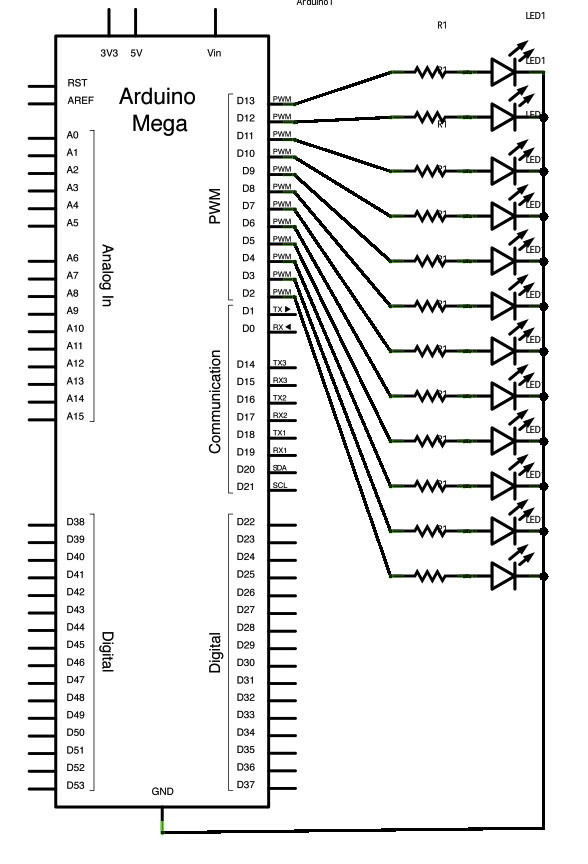
Connect the longer, positive legs (anodes) of 12 LEDs to digital pins 2-13 through 220-ohm current limiting resistors. Connect the shorter, negative legs (cathodes) to ground. The circuit will sequentially illuminate each LED from the lowest pin to the highest. Before transitioning from one pin to the next, two conditions must be met. First, the individual LED is brightened using specific lines of code.
In this LED circuit design, the anodes of 12 LEDs are connected to digital pins 2 through 13 of a microcontroller, such as an Arduino. Each anode connects through a 220-ohm resistor, which serves to limit the current flowing through the LED, preventing damage and ensuring proper operation. The cathodes of the LEDs are connected directly to the ground, completing the circuit.
The sequential illumination of the LEDs is controlled by the microcontroller's programming. The code will iterate through each digital pin connected to the LEDs, turning them on one at a time. This requires a loop structure that includes a delay to allow each LED to be visibly illuminated before moving to the next.
In the code, the first step involves setting the digital pins to OUTPUT mode to prepare them for controlling the LEDs. The next step is to set a specific pin HIGH to turn on the corresponding LED while ensuring all other pins are set LOW to turn off the remaining LEDs. After the LED is activated, a delay function is typically employed to maintain the LED's brightness for a specified duration. Once the delay period has elapsed, the code will proceed to the next pin in the sequence, repeating the process until all LEDs have been illuminated.
This design effectively demonstrates basic principles of digital electronics, including the use of resistors for current limiting, the control of output pins via programming, and the fundamental operation of LEDs in a circuit. The implementation can be expanded by incorporating additional features such as varying brightness levels using PWM (Pulse Width Modulation) or creating different lighting patterns for more complex visual effects.Connect the longer, positive legs of (anodes) 12 LEDs to digital pins 2-13 through 220 ohm current limiting resistors. Connect the shorter, negative legs (cathodes) to ground. moves through each of the LEDS one by one, from the lowest pin to the highest. Before this loop is allowed to move from one pin to the next, two things must be accomplished. First, you brighten the individual LED through these lines of code: 🔗 External reference
In this LED circuit design, the anodes of 12 LEDs are connected to digital pins 2 through 13 of a microcontroller, such as an Arduino. Each anode connects through a 220-ohm resistor, which serves to limit the current flowing through the LED, preventing damage and ensuring proper operation. The cathodes of the LEDs are connected directly to the ground, completing the circuit.
The sequential illumination of the LEDs is controlled by the microcontroller's programming. The code will iterate through each digital pin connected to the LEDs, turning them on one at a time. This requires a loop structure that includes a delay to allow each LED to be visibly illuminated before moving to the next.
In the code, the first step involves setting the digital pins to OUTPUT mode to prepare them for controlling the LEDs. The next step is to set a specific pin HIGH to turn on the corresponding LED while ensuring all other pins are set LOW to turn off the remaining LEDs. After the LED is activated, a delay function is typically employed to maintain the LED's brightness for a specified duration. Once the delay period has elapsed, the code will proceed to the next pin in the sequence, repeating the process until all LEDs have been illuminated.
This design effectively demonstrates basic principles of digital electronics, including the use of resistors for current limiting, the control of output pins via programming, and the fundamental operation of LEDs in a circuit. The implementation can be expanded by incorporating additional features such as varying brightness levels using PWM (Pulse Width Modulation) or creating different lighting patterns for more complex visual effects.Connect the longer, positive legs of (anodes) 12 LEDs to digital pins 2-13 through 220 ohm current limiting resistors. Connect the shorter, negative legs (cathodes) to ground. moves through each of the LEDS one by one, from the lowest pin to the highest. Before this loop is allowed to move from one pin to the next, two things must be accomplished. First, you brighten the individual LED through these lines of code: 🔗 External reference
